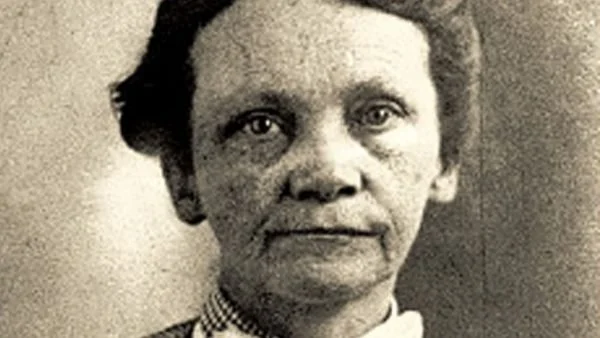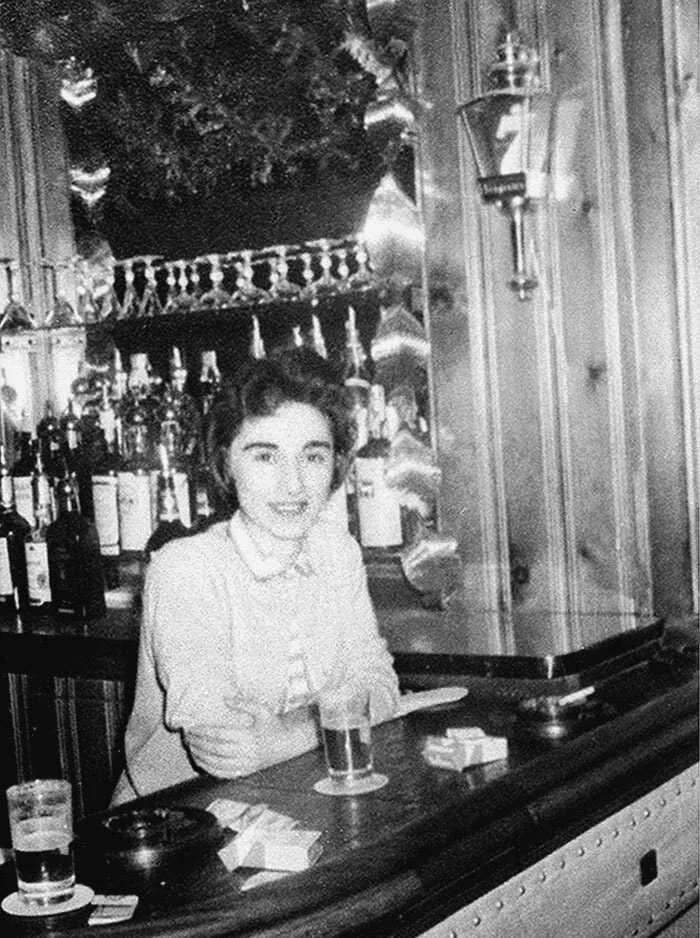Amy Archer-Gilligan and the Murder Factory
The Archer Home for the Elderly and Infirm
Amy Archer-Gilligan was born Amy E. Duggan to James Duggan and Mary Kennedy. One of eight children, Amy lived with her family in Milton Connecticut. She married James Archer in 1897, and the pair had one daughter later that year.What started as a simple, happy life turned sour when Amy became greedy. Over the course of eight years, Amy poisoned five known victims from 1908-1916. However, the estimated total is near 100. Authorities eventually arrested her in 1916, but she already damaged her victim's families. She had collected the money from her them and used it not only for personal gain, but to continue a deadly business. So how did Amy run her so-called Murder Factory?She took advantage of her elderly patients.In 1901, Amy and James were hired as caretakers for an elderly man named John Seymour. The pair moved into his home and cared for the man until his death in 1904. Shortly after, Seymour's family converted the home into a boarding house. Called "Sister Amy's Nursing Home for the Elderly," the Archers continued to care for elderly patients.Three years later, in 1907, the Seymour family closed the nursing home. Amy and her husband moved to Windsor, Connecticut, where they opened their own nursing home. The "Archer Home for the Elderly and Infirm" operated from 1907-1916. James Archer died in 1910 from Bright's disease, another term for kidney failure. However, Amy took out a life insurance policy weeks before his death and was able to continue her work.She remarried in 1913. Her husband, Michael W. Gilligan, wanted to invest in her business and was very wealthy. Yet, died shortly after, in February 1914. Officials declared the cause of death an "acute bilious attack," or severe indigestion. Luckily, he drew up a will and left his entire estate to Amy, despite having four sons from a previous marriage.
Murder Factory
According to Connecticut History, 68 patients died under her care. She manipulated her victims into signing off large sums of money to her. Then, she poisoned them and collected her dues. According to Murderpedia, relatives of her patients grew suspicious when they discovered the sheer amount of deaths coming out of the home. Twelve patients died from 1907-1910, and 48 patients died from 1911-1916.One specific victim raised attention: Franklin R. Andrews. One day in 1914, Andrews spent some time outside in the garden when he suddenly collapsed. Despite being a healthy man, he died later in the evening. Officials ruled his death the cause of a gastric ulcer. This raised the suspicion of his sister, Nellie Pierce, who inherited his belongings.Pierce noted that there were several occasions prior to his death where Amy pressured Andrews for money. She also became aware that Amy's patients died shortly after signing off large sums of money. Pierce reported this to the police, but they didn't take her seriously. So she took the story to The Hartford Courant, where they published a series on the "Murder Factory" that resided inside Amy's business. Months later, the police got involved.
The Investigation
A year-long investigation yielded some interesting facts. Pierce demanded that her brother's body be exhumed, and medical examiners discovered clear evidence of poison in his body. They exhumed Gilligan, Amy's second husband, and found similar results. Police exhumed the more bodies, and they all had traces of arsenic in their system. Additionally, local stores provided evidence that Amy purchased huge amounts of arsenic to "kill rats" at the home.The final evidence that lead to Amy's arrest was the review of Gilligan's will. Officials discovered that Amy forged the entire document. They arrested her May 8, 1916 and charged her with first degree murder. She was sentenced to death in 1917, but she demanded a retrial. Due to a technicality with the first trail, the judge granted a second trial, where she pleaded insanity.She was sentenced to life in prison, and eventually transferred to the Connecticut Hospital for the insane, where she died April 23, 1962.








